Mixers / Blenders
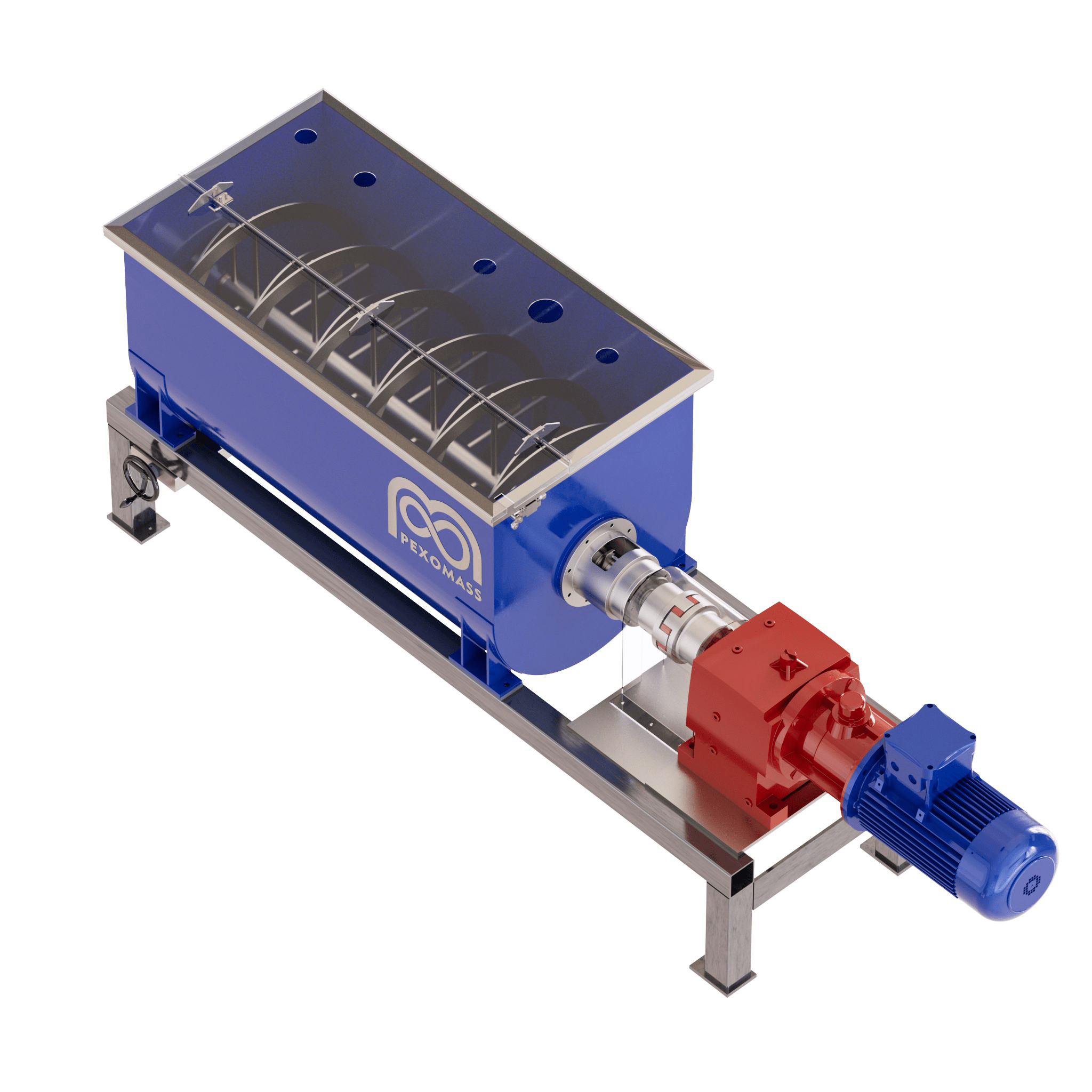
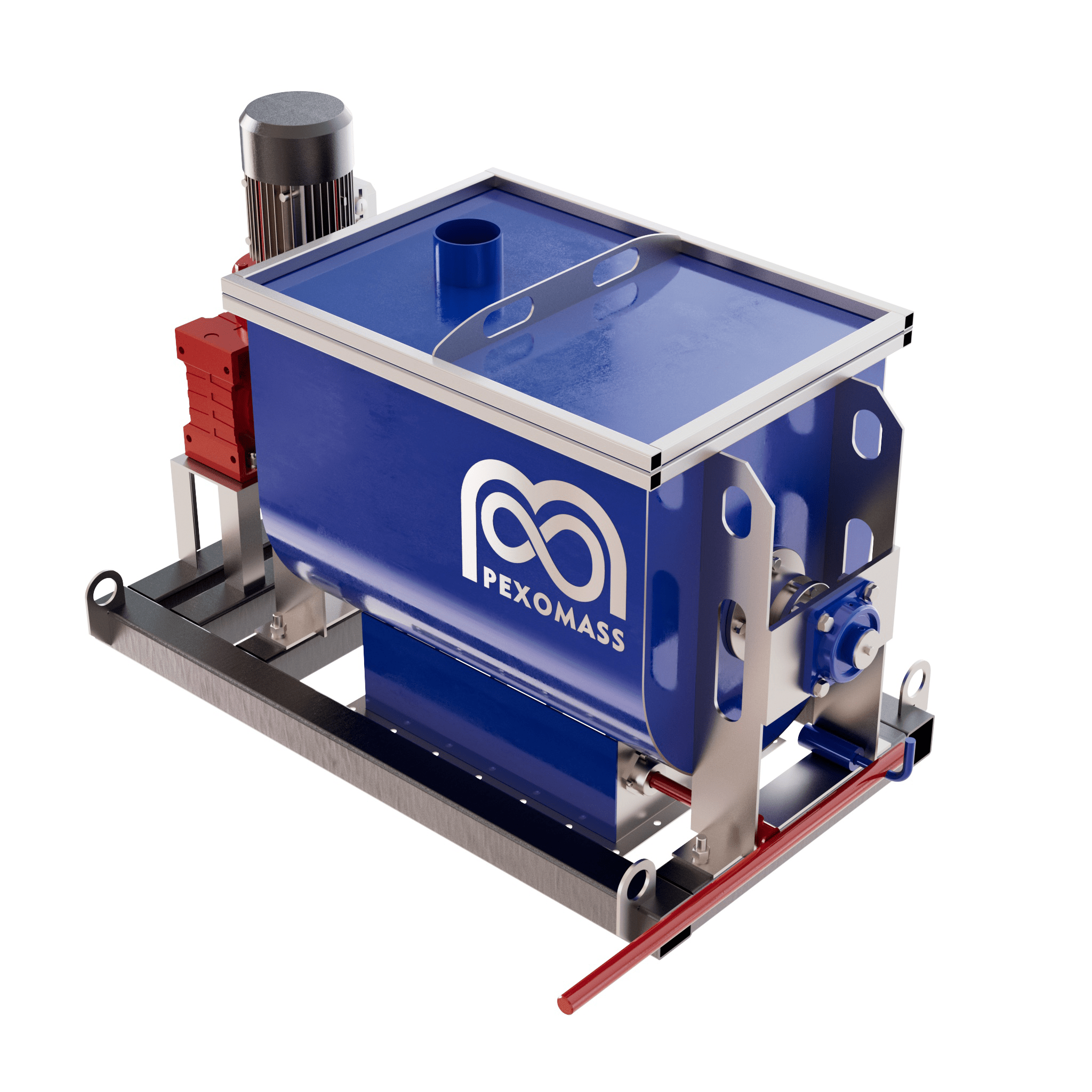
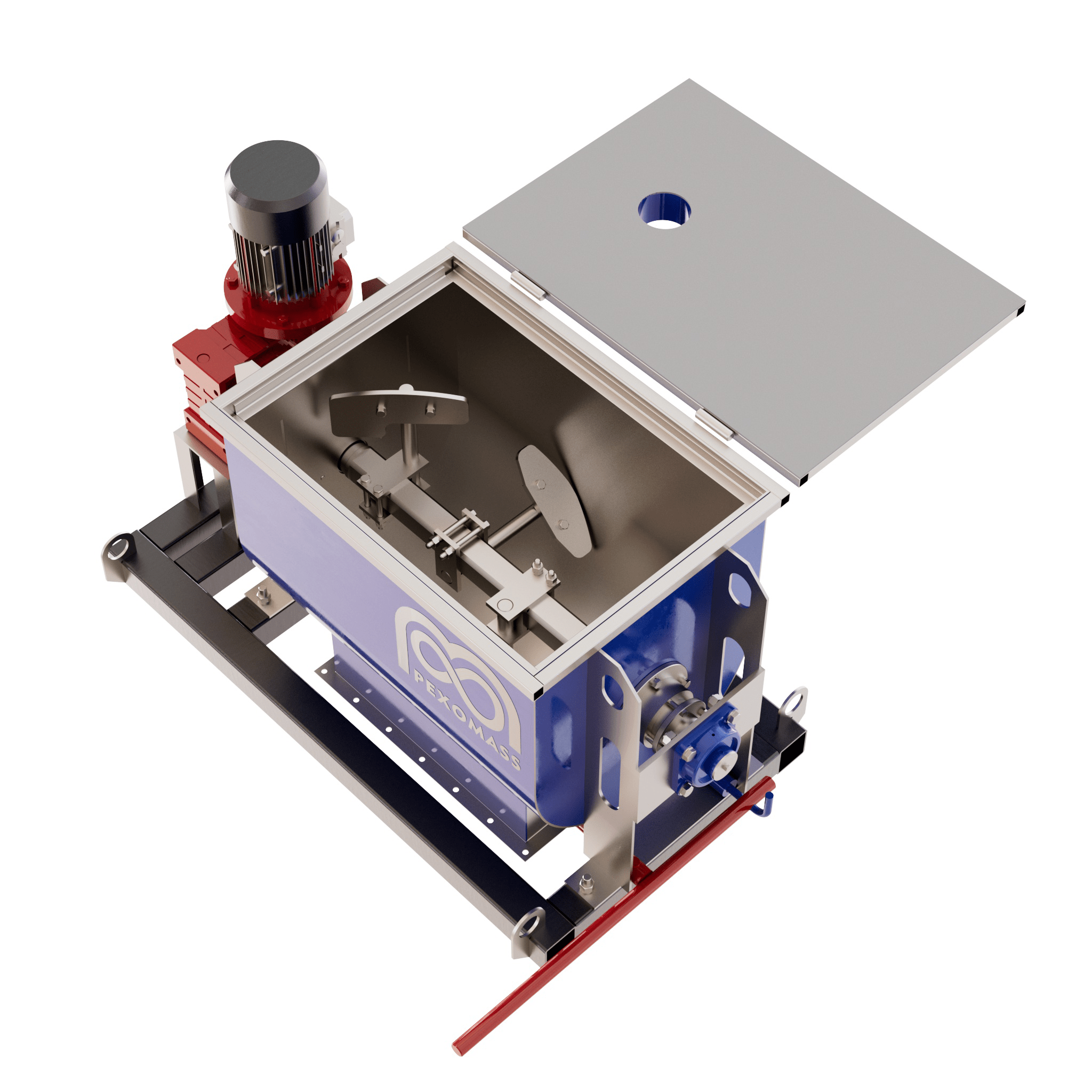
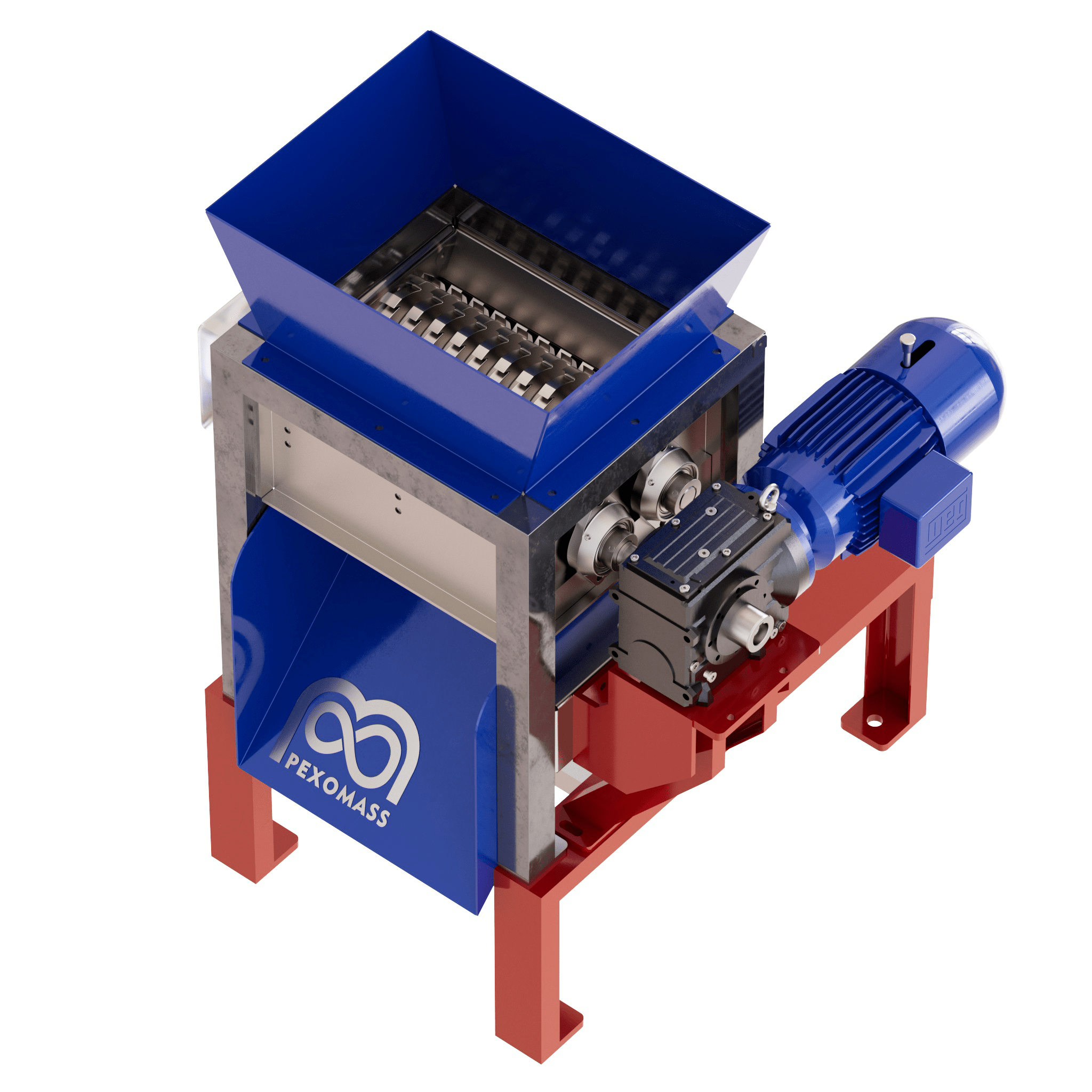
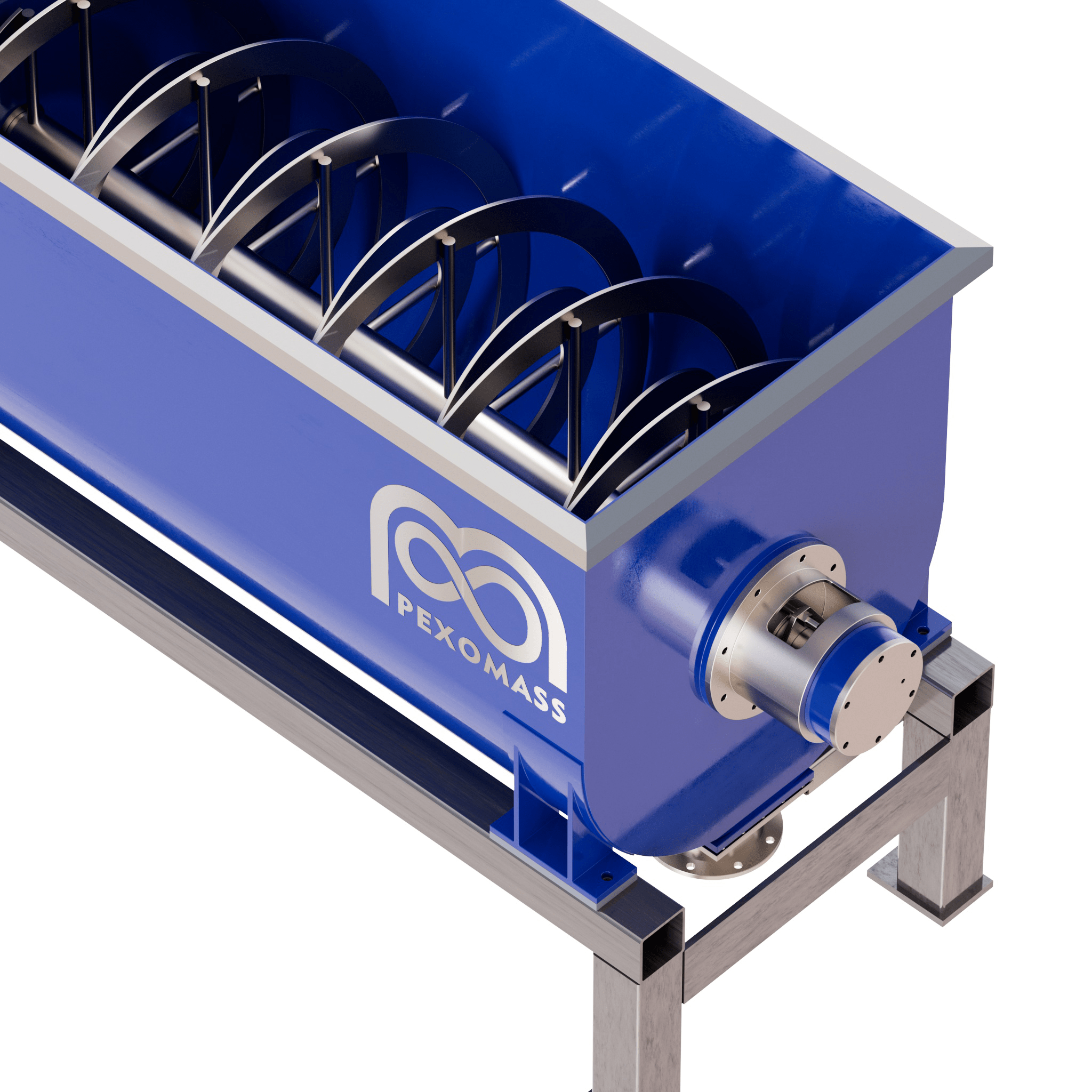
Mixers / Blenders
A mixer is a complex and precision piece of equipment that blends, emulsifies, homogenizes, and combines various types of ingredients that are essential to a manufacturing or production process. Mixing is part of the production of commercial and industrial products including pharmaceuticals, cosmetics, and foods each of which require precision control for mixing of unlike and dissimilar chemicals and materials.
The quality of a mixer is determined by its repeatability and the consistency of its mixing. The challenge of the process is the properties of the materials being mixed since each variation and difference requires special handling. The initial steps of mixing involves a thorough in depth study of the materials such that the mixing process will be successful. As with many industrial functions, mixing requires a customization of equipment to exactly meet the needs and conditions of the manufacturing process.
General Type of Mixer used for Application Material
- Paddle Mixer: Viscous semi-solid material
- Ribbon Blender / Mixer: Food, chemicals, powders
- Tumbler Mixer: Bakery materials
- Drum Mixer: Low and medium viscosity material, such as slurry or cement
- Emulsifier Mixer: Immiscible liquids, such as oils
- Static Mixer: Gasses and liquids
These types of mixers are utilized in the mixing of solids, viscous or slurry liquid mixing, and wet-dry mixing. They consist of a central shaft axis for the holding of the blades. They are frequently utilized in dry mixing, but they can also accommodate liquid-solid mixing.
Ribbon Mixers are a specific type of powder blenders that consist of two parts mounted on a central shaft . The mixing medium often consists of inner and outer helical ribbons that are designed to move material both inwards and outwards.
Tumbler mixers are diffusion mixers that rotate to mix materials and include air in the mixing process. They have a tumbling rhythm and do not use impellers as part of the mixing process. Tumbler mixers are used to mix solids and powders and, in special cases, liquids. Solids are rotated by the tumbler as if they are being stirred as gravity is constantly pulling the mixture back to the bottom of the drum. The configurations of tumbler mixers include octagonal, cone, and V shape.
Drum mixers have single or multiple blades attached to the inside walls of the drum with a frame that supports the drum as it rotates. As the drum rotates, the blades on the interior walls lift the ingredients and raise them to the upper wall of the drum. At the apex of the rotation, the ingredients fall back to the underside of the drum to repeat the process.
These types of mixers are utilized in mixing immiscible liquids. Examples of two substances that are completely not miscible are oil and water. In the cases when there is a requirement of a totally homogenized and emulsified mixture like in making sunscreen, lipstick, lotion, and mixing cosmetics, an emulsifier is utilized.
Static mixers have a mixing element that has the shape of a twisted ribbon, helix, or other form that is placed in a cylinder. They do not have any moving parts because the mixing element disrupts and blocks the flow of liquids or gases that are forced through one end of the cylinder. As liquids or gases flow through the cylinder of a static mixer, the shape of the element causes turbulence that mixes the materials by breaking down their molecules. Static mixers disperse gases into immiscible liquids to form a homogenous solution. They are not used for mixing solids, granules, or powders.